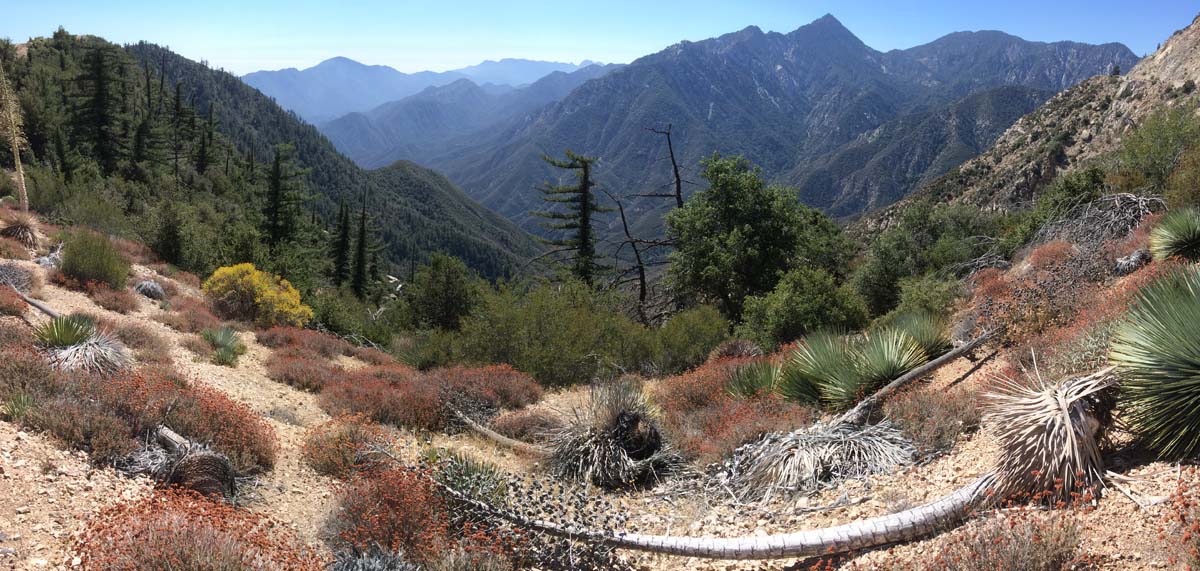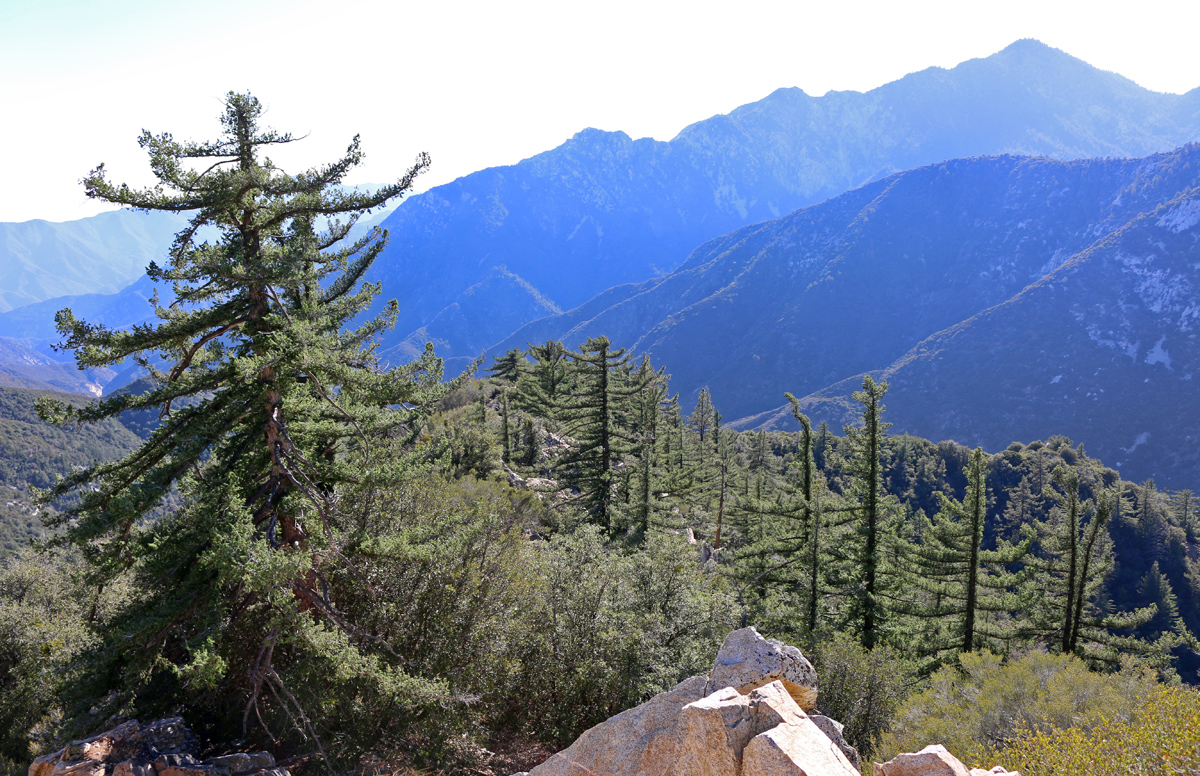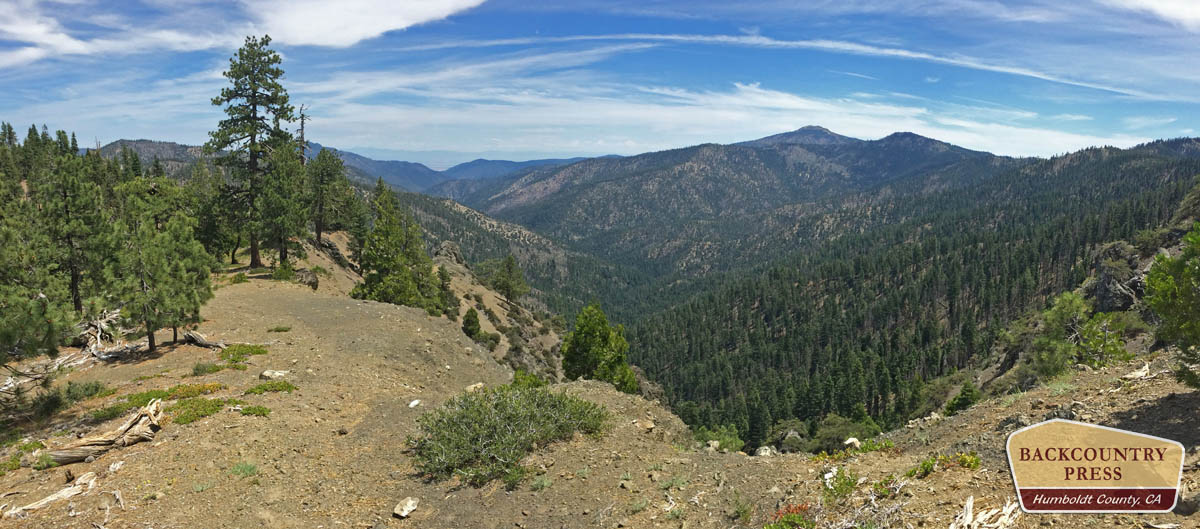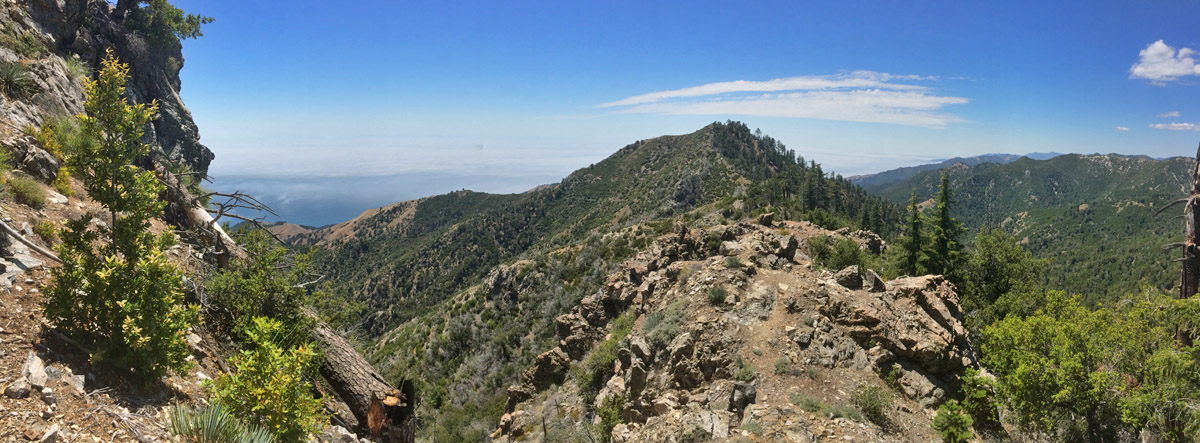Bigcone Douglas-Fir (Pseudotsuga macrocarpa) in the San Gabriel Mountains National Monument — Part two
The 346,177 acre San Gabriel Mountains National Monument was dedicated in October 2014 by a proclamation by President Obama after nearly 10 years of work to get it established. It contains the Sheep Mountain Wilderness, the San Gabriel Wilderness, and Pleasant View Ridge Wilderness as well as most of the major peaks including Mount San Antonio, Mount Baden-Powell, and Throop Peak.
I’ve been contracted by the US Forest Service, in partnership with the California Native Plant Society, to map Bigcone Douglas-fir in the monument as well as write a technical report about our findings. We did initial reconnaissance last week and will return later this year to initiate the project’s data collection phase. What follows are images from our trip across the range to meet the species and the monument.




